Articles
Knowledge Center

Freight In vs Freight Out: Definitions and Examples
Freight costs are a part of expenses for companies involved in shipping goods and transporting products to customers. You must understand the difference between freight in vs freight out, regardless of whether you work for a shipping company, a freight company, or any other business that functions similarly. This article will provide an in-depth look […]
Read More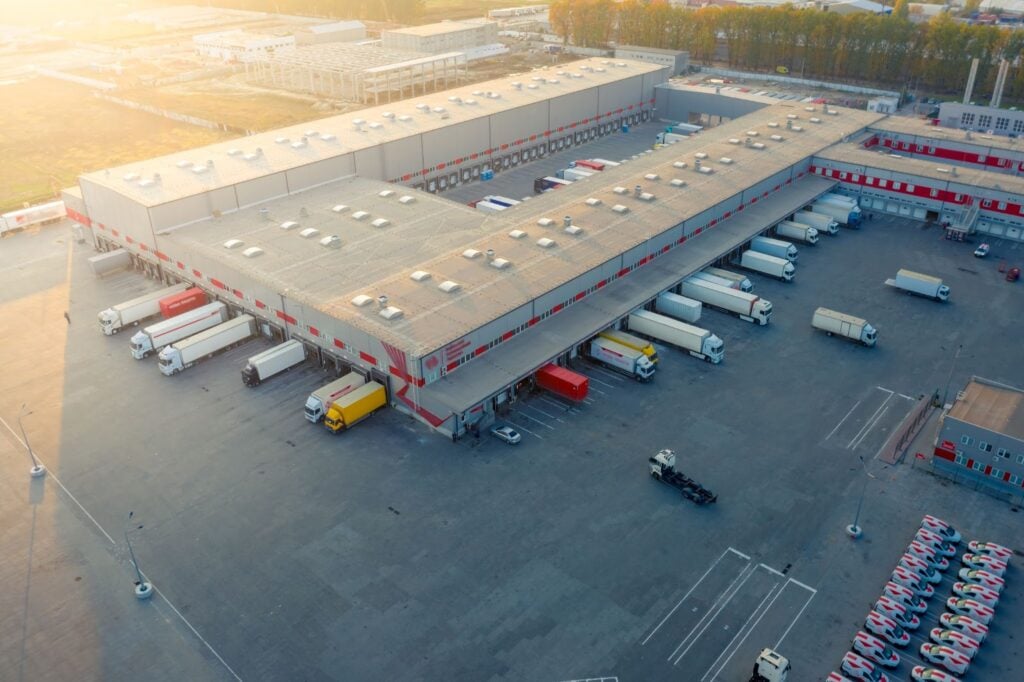
11 Types of Warehouses: A Complete Guide to Their Uses
Warehouses are essential to the supply chain and logistics industry. They provide storage facilities for a company’s upstream and downstream supply chain inventory until it is distributed to its final destination. These storage facilities ensure the smooth flow of goods through the supply chain from the manufacturer to the customer. However, not all warehouses are […]
Read More
Process Manufacturing: Definition, Benefits, and Industries
Manufacturing is the process of creating a finished product from raw materials or ingredients. This action is accomplished by using machinery, human labor, and other tools, with some manufacturing requiring chemical processes. There are various methods of manufacturing systems linked with producing final goods. Process is one of the main manufacturing methods. In this article, […]
Read More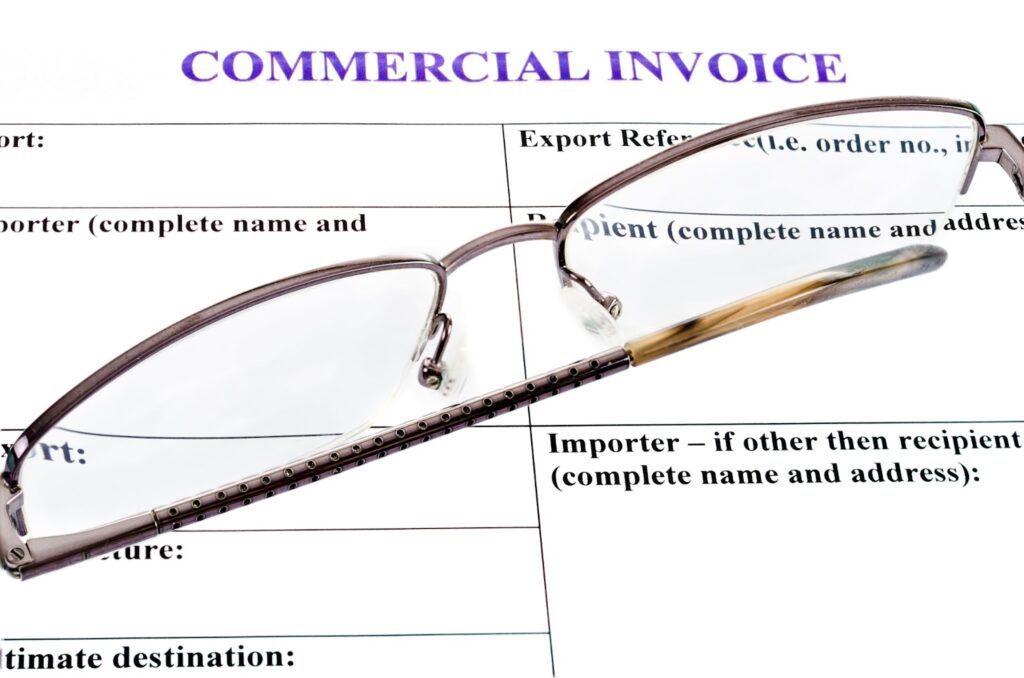
Commercial Invoice: Definition and Terms
A commercial invoice is a customs-required document for any internationally sold shipment of goods. As a document, a commercial invoice plays an important role in facilitating the processing of products and owed taxes or duties. The following summary covers all you need to know about a commercial invoice and its role in international trade. What […]
Read More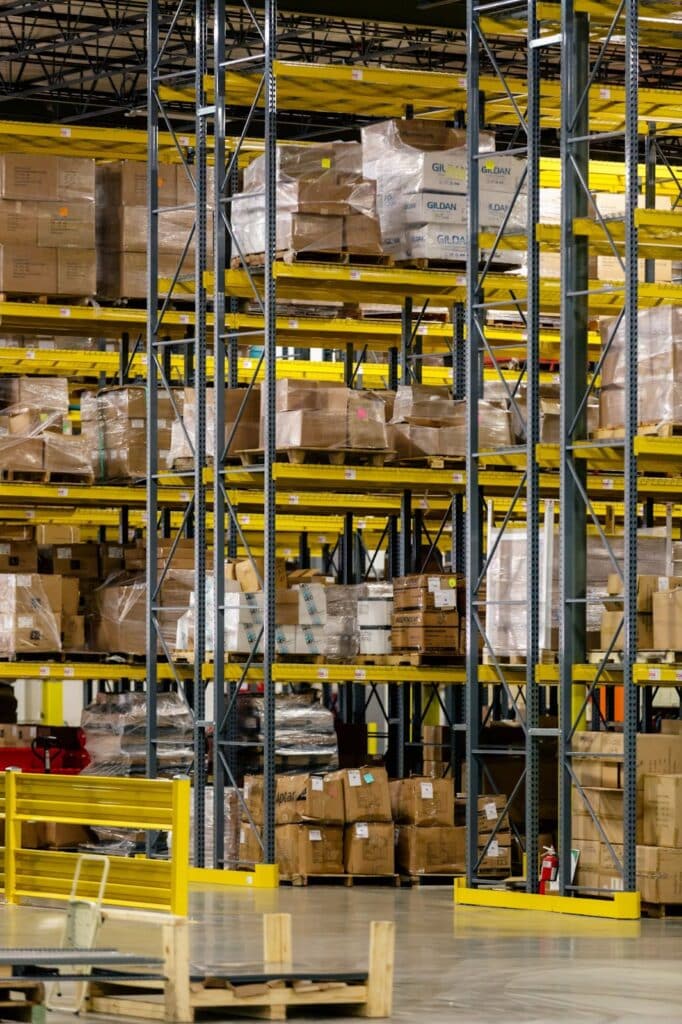
The Ultimate Guide to Perpetual Inventory Systems: Benefits, Implementation, and Best Practices
In this guide, we’ll explore how a perpetual inventory system can revolutionize your business’ inventory management process and compare it to periodic inventory count systems. Throughout this guide, you’ll learn about the key differences between a perpetual system and periodic inventory systems. We’ll also discuss the pros and cons of using a perpetual inventory system […]
Read More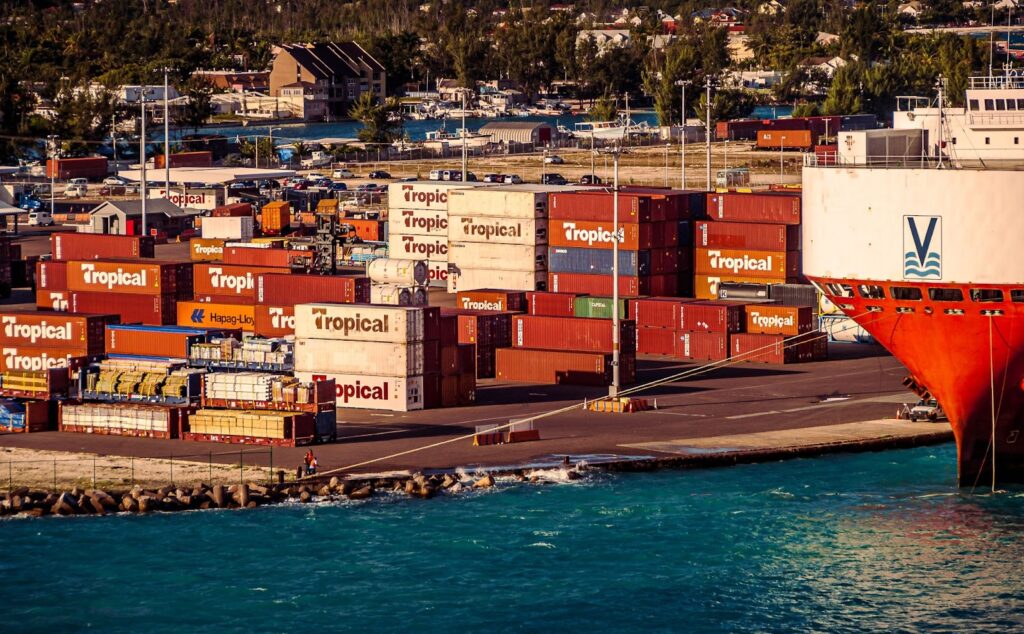
Neo Bulk Cargo: Meaning, Types, and Examples
The shipping industry, the cornerstone of global trade, has witnessed the rising popularity of a distinct cargo category called neo bulk cargo. This innovative cargo type transforms the traditional bulk cargo model by integrating specialized equipment and practices for shipping various goods. In this article, we’ll delve into neo bulk cargo, its various types, and […]
Read More
Supply Chain Control Tower: Definition, Types, and Implementation
In today’s global economy, supply chain management has become increasingly complex. The challenge for businesses is to effectively manage these complex supply chains while ensuring the timely delivery of products, minimizing costs, and maintaining quality. One solution to this challenge is the implementation of supply chain control towers (SCCT) that act as a centralized hub […]
Read More
All About Flatbed Trucks: Definition, Types, and Uses
Flatbed trucks are most often encountered when there is a need to transport oversized items that would be difficult or impossible to place in a conventional cargo vehicle. While these rigs may seem simple, they are essential in transportation. In this article, we’ll discuss the different types of flatbed trucks, their uses, and safety considerations […]
Read More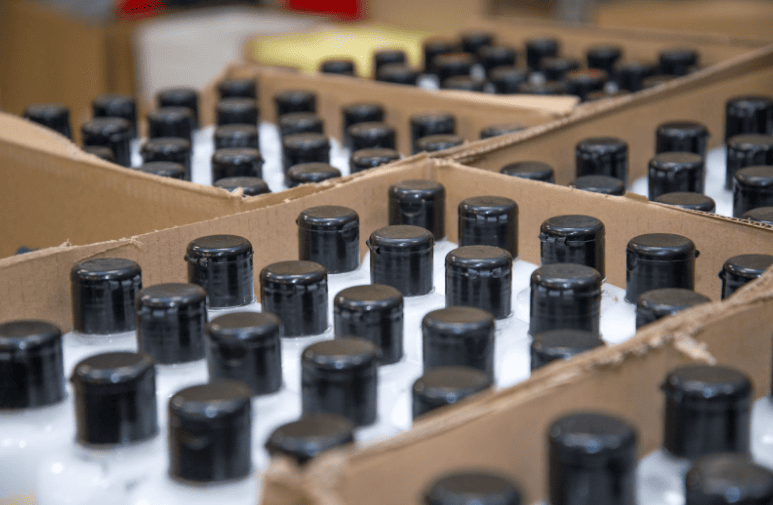
Cosmetics Warehousing: What It Is, Importance, and Challenges
Cosmetics must be stored carefully and efficiently to keep them safe and cost-effective. But why is this important? And what challenges do cosmetic warehouses face? We’ll answer these questions in this blog post. So if you want to know why cosmetics warehousing is important and what problems it faces, keep reading. What is Cosmetics Warehousing? […]
Read More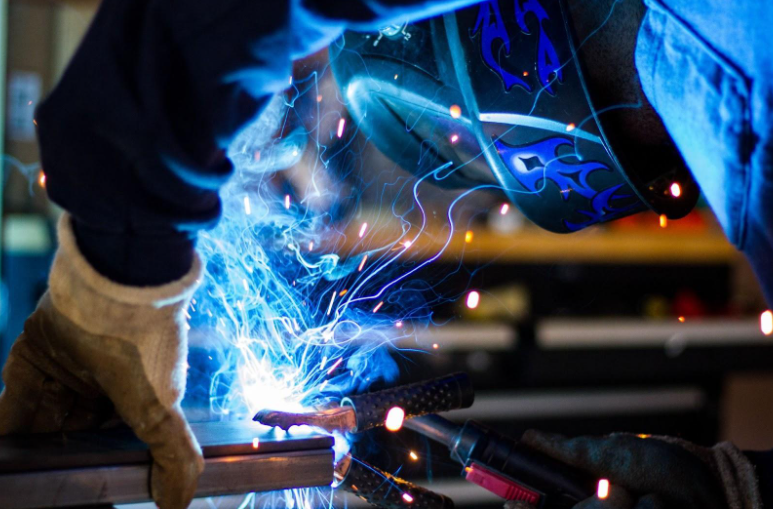
Repetitive Manufacturing: Definition, Types, and Benefits
Technological advances have led to a higher quality of life for many individuals and efficiency gains for most businesses. However, there have been new challenges posed by technological advances, including pollution and waste. In response, some companies are adopting a new technique called repetitive manufacturing. This manufacturing process is designed to help minimize waste while […]
Read More